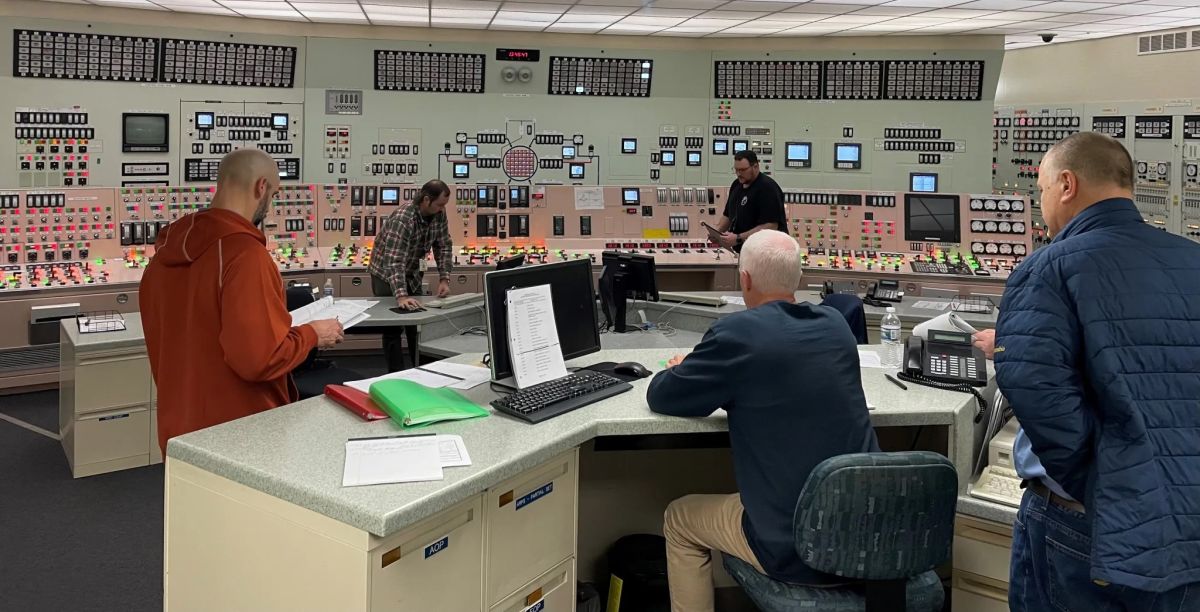The modern energy sector is rapidly evolving, driven by technological advancements, increased connectivity, and a growing demand for renewable energy sources. The need for robust security measures and effective compliance standards becomes increasingly critical as the grid becomes more complex and interconnected. This blog explores the latest grid security trends and the challenges entities face in meeting North American Electric Reliability Corporation (NERC) compliance requirements.
Related Blog: How Digital Twin Technology is Revolutionizing Power Plant Operations
The Growing Importance of Enhancing Grid Security
The power grid is a network of physical infrastructure and a highly interconnected cyber-physical system. The integration of Information Technology (IT) and Operational Technology (OT) has increased the efficiency of grid operations but has also exposed the grid to new vulnerabilities. As a result, grid security has become a paramount concern, with regulators and industry stakeholders emphasizing the need for comprehensive security strategies. NERC, as an essential regulatory body, plays a crucial role in setting and enforcing standards that aim to secure the grid against physical and cyber threats.
Increased Cybersecurity Threats
Cyberattacks on energy infrastructure have increased drastically over the last five years, with notable incidents like the 2021 Colonial Pipeline attack. The increasing digitalization of grid operations has brought about a rise in cyber threats. From ransomware attacks to state-sponsored hacking attempts, the grid faces many cyber threats that can disrupt operations, breach sensitive data, and potentially cause widespread outages. The complexity of these threats necessitates an efficient approach to cybersecurity, incorporating advanced threat detection, incident response, and continuous monitoring.
Integration of Renewable Energy and Its Implications
The shift towards renewable energy sources, such as solar and wind, presents unique challenges for NERC security and compliance. Unlike traditional power plants, renewable energy facilities are often smaller, decentralized, and interconnected with the grid through inverters and control systems. This decentralization increases the attack surface, making it more challenging to secure the grid. NERC compliance in this context requires adapting traditional security measures to address the specific vulnerabilities associated with renewable energy integration.

Evolution of Grid Infrastructure and Smart Grid Technology
The global smart grid market is projected to reach $185 billion by 2029, driven by investments in advanced metering infrastructure and smart sensors. Modernizing grid infrastructure, including deploying smart grid solutions, enhances the efficiency and reliability of grid operations. However, these advancements also introduce new security challenges. If not properly secured, smart meters, remote sensors, and automated control systems can be potential entry points for cyber attackers.
Compliance Challenges and the Regulatory Landscape
Complying with NERC is a complex and ongoing process that involves implementing technical measures, maintaining comprehensive documentation, and conducting regular audits. The regulatory landscape continually evolves, with NERC updating its standards to address emerging threats and technological changes. Entities must stay ahead of these changes to remain compliant, which requires significant investment in resources and expertise. The challenge is further compounded by the need for coordination across different jurisdictions and regulatory bodies, necessitating a coordinated approach to compliance.
Conclusion
Conclusively, as the grid continues to evolve, so must the strategies for securing it. Entities must adopt a proactive approach to cybersecurity, integrating the latest technologies and best practices to mitigate risks. This includes leveraging advanced analytics, artificial intelligence, and machine learning to enhance threat detection and response capabilities. Compliance with NERC standards remains a critical component of this effort, ensuring that entities not only protect their assets but also contribute to the broader reliability and security of the grid.
Disclaimer: Any opinions expressed in this blog do not necessarily reflect the opinions of Certrec. This content is meant for informational purposes only.












